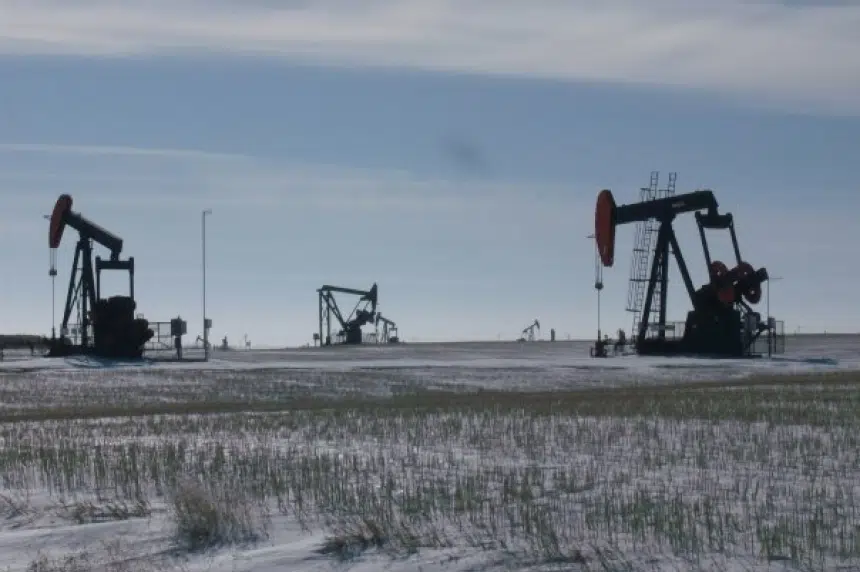The price of oil is up and so is the value of the loonie, but could that be a sign of better things to come?
On Monday the price of oil closed up by 63 cents at 40.37 cents US a barrel, while the Canadian dollar closed at its highest level in six months at 77.53 cents US. The upward trend continued on Tuesday with oil hitting above $42 a barrel by mid-afternoon and the loonie hitting 78.4 cents US.
CJME Business Analyst Paul Martin joined the CJME Morning Show on Tuesday to talk about what this means for the oil patch and the Canadian economy as a whole. He said commodity prices appeared to hit the bottom of the trough in mid-January, according to Scotiabank analysts, and that is good news for Saskatchewan.
“They had sort of said mid-January was the bottom of the commodity cycle, and that’s big for us,” Martin explained. “We export a lot of stuff – everything from oil to fertilizers – you name it – we’ve got a heavy reliance on exports, and if it did indeed hit the bottom, then maybe we’ve begun the long, slow trek back.”
Martin attributes the bump in oil prices to more discipline on the supply side from major global producers. He said last month Saudi Arabia organized global oil producers to hold production to January levels. While production was not cut, it did signal an end to the glut of supply levels and that may have increased prices.
“When the world was awash in oil, the price was going down,” Martin explained. “Now it seems to have stabilized and there is a bit of a match between consumption and production, and that has firmed up the price.”
Although the world may no longer be facing such a serious oversupply of oil, it isn’t cause for celebration in the western Canadian oil patch just yet.
Martin noted that different oil companies have different price thresholds that would inspire them to restart production and get people back to work.
“It really isn’t one specific number, it’s going to be a gradual thing, as we move up more and more, we’ll become profitable,” Martin said.
In some areas where oil production is relatively easy or inexpensive, the oil price threshold would be lower to make a profit. However, Martin said in other areas such as the oil sands, the cost of production and investment is much higher so it would likely require a higher oil price to start rehiring.











